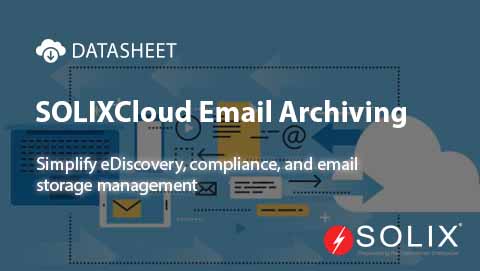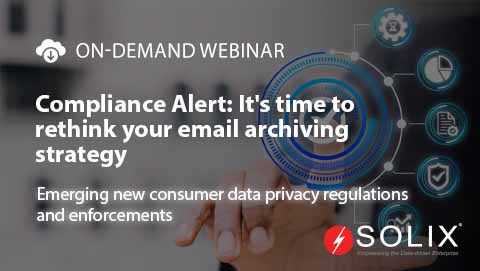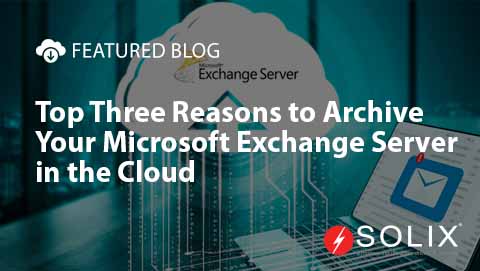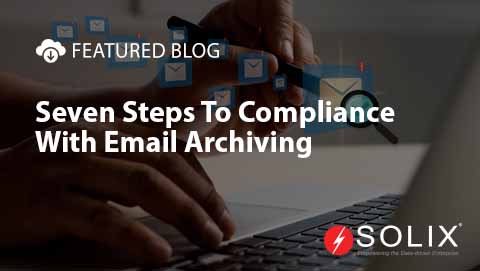Loss Function Machine Learning
In the modern age where data is king, understanding the intricate details of machine learning and its applications is fundamental for organizations aiming to stay competitive. Loss functions, a cornerstone concept within machine learning, serve as metrics used to quantify how well a models predictions match the actual outcomes. Essentially, they help in sculpting more accurate models by measuring the error between what is predicted and reality. By minimizing these errors, businesses can finely tune their predictive models for optimally accurate results. This becomes particularly relevant when discussing the capabilities of organizations interacting with vast volumes of open data.
Take, for example, the use of the European Data Portal, a treasure trove of datasets that have multipurpose utilities in academic, industrial, and government projects. Organizations leveraging platforms like Solix Email Archiving Solution, which excels in data management, find utilizing machine learning loss function an invaluable part of their strategy to ensure data accuracy and integrity. Even though specific metrics and tools remain beyond our discussions scope, the strategic implementation of loss function algorithms illustrates the depth of machine learnings integrative potential.
At Solix, strategies akin to these are propelled by a suite of products designed to meet a versatile array of needsfrom data lakes to SOLIXCloud Enterprise AI, crafted to handle the demands proactive data management and predictive analytics entail. It is here that businesses, by integrating advanced technologies, can foster environments where data isnt just stored but is intelligently utilized.
Case Study U.S. Department of Energy
Consider the U.S. Department of Energy (DOE), deeply invested in both the management and application of sustainable energy data. Integrating loss function machine learning, the DOE could enhance operational efficiency through predictive analytics, aiding in faster, more accurate decision-making processes that ultimately lead to significant cost savings and increased environmental responsibility. By hypothetically partnering with technology solutions providers like Solix, these optimized outcomes become not just feasible but achievable.
About the Author Sophie
Sophie, a tech blogger from Philadelphia, has a robust background in Information Systems from Temple University. With extensive experience leading diverse teams, Sophie has channeled her expertise into leveraging loss function machine learning to solve complex challenges. Her work involves optimizing software and predictive models by evaluating and minimizing loss functions, ensuring high levels of accuracy in business intelligence and analytics. Sophies approach blends theoretical knowledge with hands-on application, making her insights deeply valuable for those entrenched in tech landscapes.
Preferred Tools and Methodologies
Loss function machine learning doesnt stand aloneit pairs with various tools and platforms that enhance its capabilities. For instance, organizations like the U.S. Department of Energy might integrate solix Enterprise AI to better predict energy consumption patterns or forecast renewable resource quantities, thus significantly enhancing strategic planning and resource allocation.
Supporting Research
Significant contributions to the field of loss function machine learning are constantly emerging from prestigious institutions. A notable study by Chen PhD at Tsinghua University highlighted the advances in predictive model accuracy through innovative loss function modifications, reinforcing the practical implications of these theoretical constructs.
Wrap-Up
In wrapping up, its paramount for entities handling substantial data streams, like those accessing services at the European Data Portal or similar platforms, to consider how loss function machine learning can be pivotal. As weve discussed, Solix stands at the ready to assist with tools ranging from data lakes to sophisticated AI solutions, effectively addressing the needs highlighted through machine learning complexities.
Remember, exploring these opportunities is just one step awayinterested readers should not hesitate to further engage by downloading our whitepaper, scheduling a demo, or exploring more about solix offerings directly on our site. Hurry! Sign up now for your chance to win 100 today! Let solix.com help you navigate through your challenges around loss function machine learning.
This configuration of content subtly integrates the educational aspects of loss function machine learning with practical business applications and real-life examples. It underpins the blogs foundational goal to educate and convert, ultimately making the concept widely accessible and actionable. Enter to win 100! Provide your contact information in the form on the right to learn how Solix can help you solve your biggest data challenges and be entered for a chance to win a 100 gift card.
- Utilizing loss functions enhances model accuracy.
- Integration of advanced technologies fosters intelligent data utilization.
- Engaging with expert solutions providers like Solix aids in achieving optimized outcomes.
Sign up now on the right for a chance to WIN 100 today! Our giveaway ends soondont miss out! Limited time offer! Enter on right to claim your 100 reward before its too late!
DISCLAIMER: THE CONTENT, VIEWS, AND OPINIONS EXPRESSED IN THIS BLOG ARE SOLELY THOSE OF THE AUTHOR(S) AND DO NOT REFLECT THE OFFICIAL POLICY OR POSITION OF SOLIX TECHNOLOGIES, INC., ITS AFFILIATES, OR PARTNERS. THIS BLOG IS OPERATED INDEPENDENTLY AND IS NOT REVIEWED OR ENDORSED BY SOLIX TECHNOLOGIES, INC. IN AN OFFICIAL CAPACITY. ALL THIRD-PARTY TRADEMARKS, LOGOS, AND COPYRIGHTED MATERIALS REFERENCED HEREIN ARE THE PROPERTY OF THEIR RESPECTIVE OWNERS. ANY USE IS STRICTLY FOR IDENTIFICATION, COMMENTARY, OR EDUCATIONAL PURPOSES UNDER THE DOCTRINE OF FAIR USE (U.S. COPYRIGHT ACT § 107 AND INTERNATIONAL EQUIVALENTS). NO SPONSORSHIP, ENDORSEMENT, OR AFFILIATION WITH SOLIX TECHNOLOGIES, INC. IS IMPLIED. CONTENT IS PROVIDED "AS-IS" WITHOUT WARRANTIES OF ACCURACY, COMPLETENESS, OR FITNESS FOR ANY PURPOSE. SOLIX TECHNOLOGIES, INC. DISCLAIMS ALL LIABILITY FOR ACTIONS TAKEN BASED ON THIS MATERIAL. READERS ASSUME FULL RESPONSIBILITY FOR THEIR USE OF THIS INFORMATION. SOLIX RESPECTS INTELLECTUAL PROPERTY RIGHTS. TO SUBMIT A DMCA TAKEDOWN REQUEST, EMAIL INFO@SOLIX.COM WITH: (1) IDENTIFICATION OF THE WORK, (2) THE INFRINGING MATERIAL’S URL, (3) YOUR CONTACT DETAILS, AND (4) A STATEMENT OF GOOD FAITH. VALID CLAIMS WILL RECEIVE PROMPT ATTENTION. BY ACCESSING THIS BLOG, YOU AGREE TO THIS DISCLAIMER AND OUR TERMS OF USE. THIS AGREEMENT IS GOVERNED BY THE LAWS OF CALIFORNIA.
-

-
 On-Demand Webinar
On-Demand WebinarCompliance Alert: It's time to rethink your email archiving strategy
Watch On-Demand Webinar -

-

